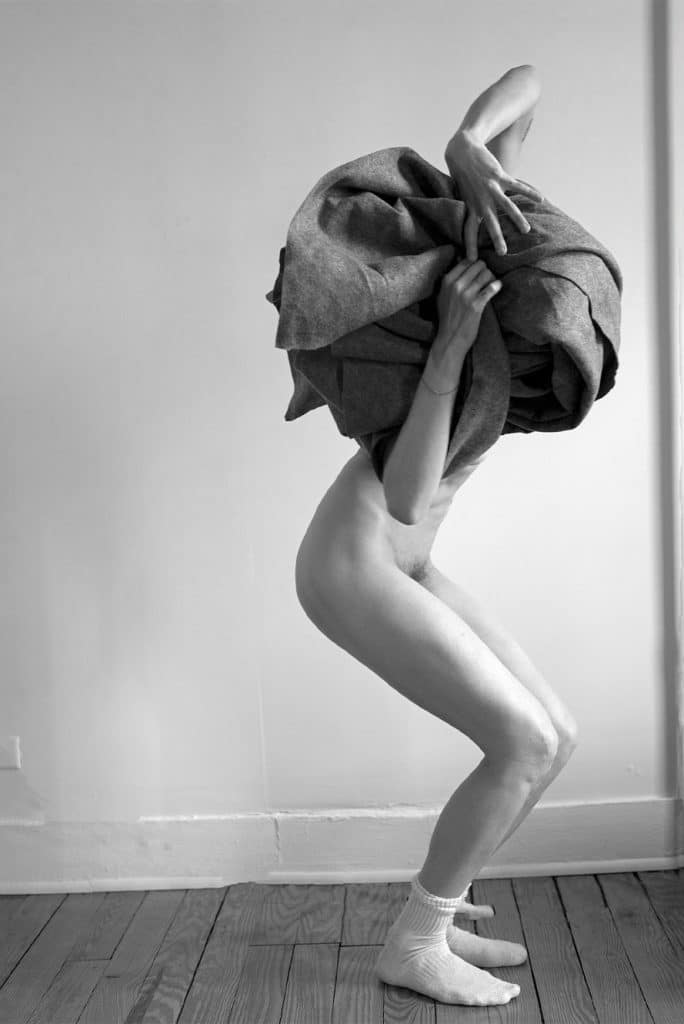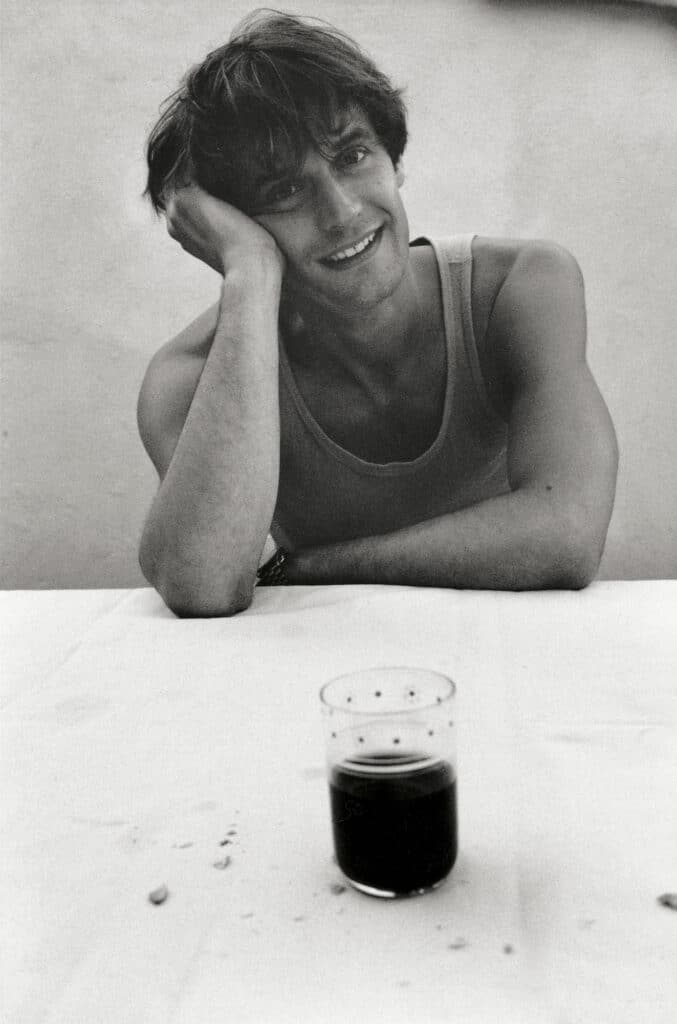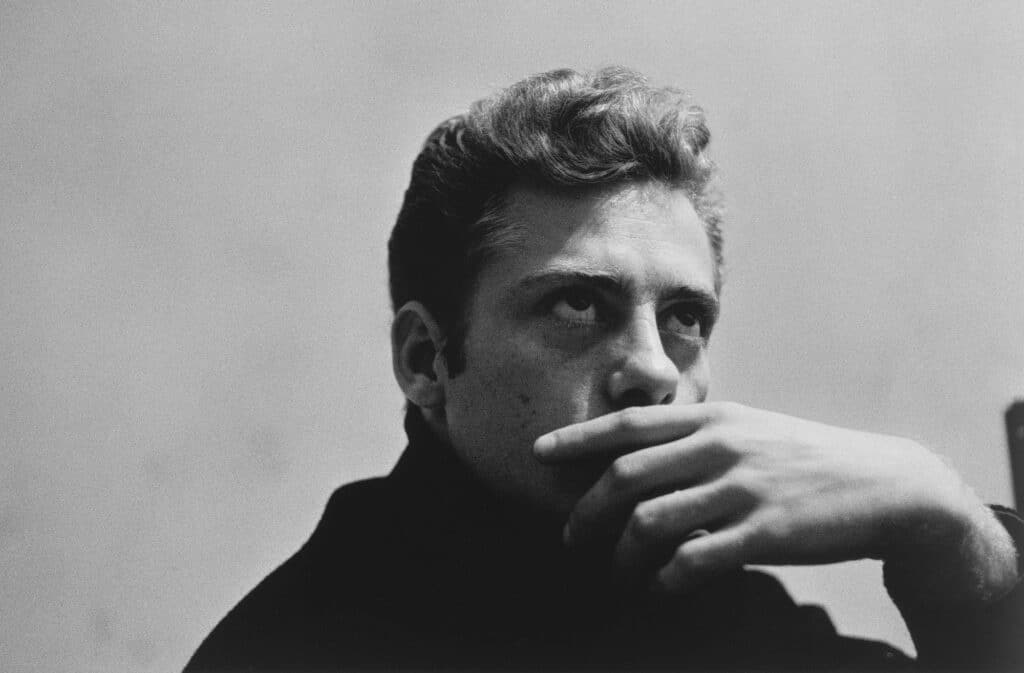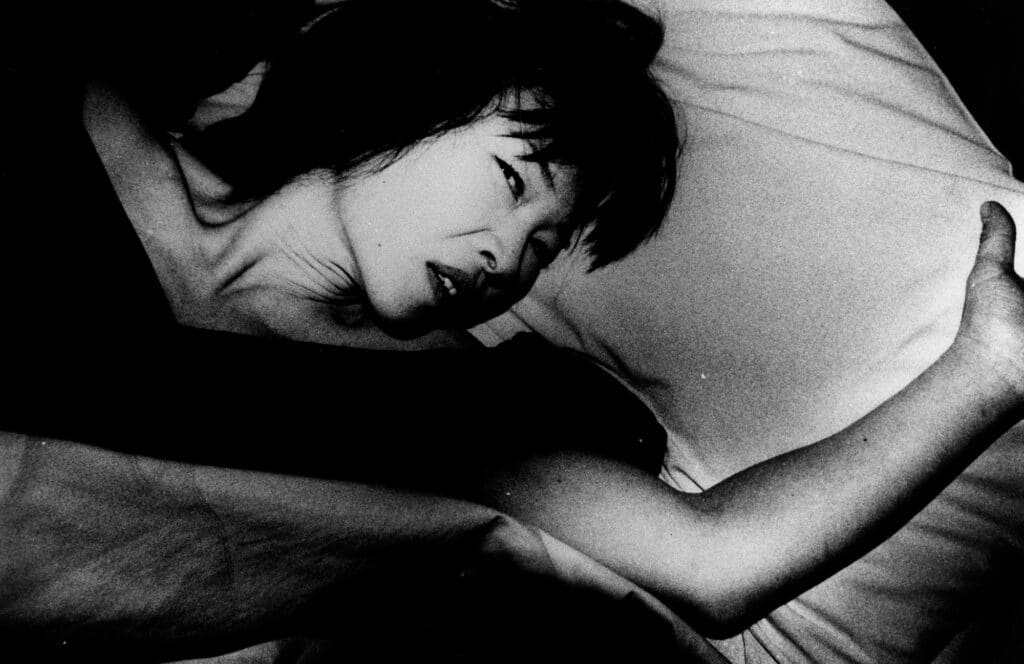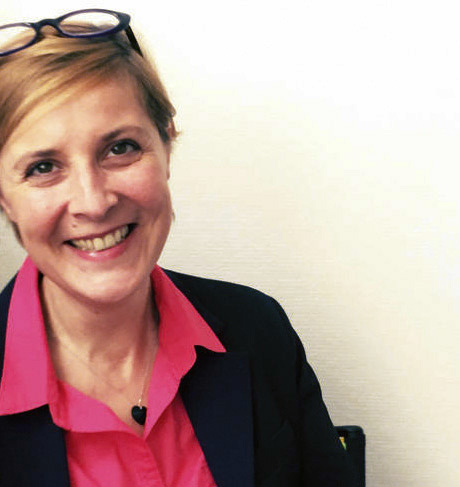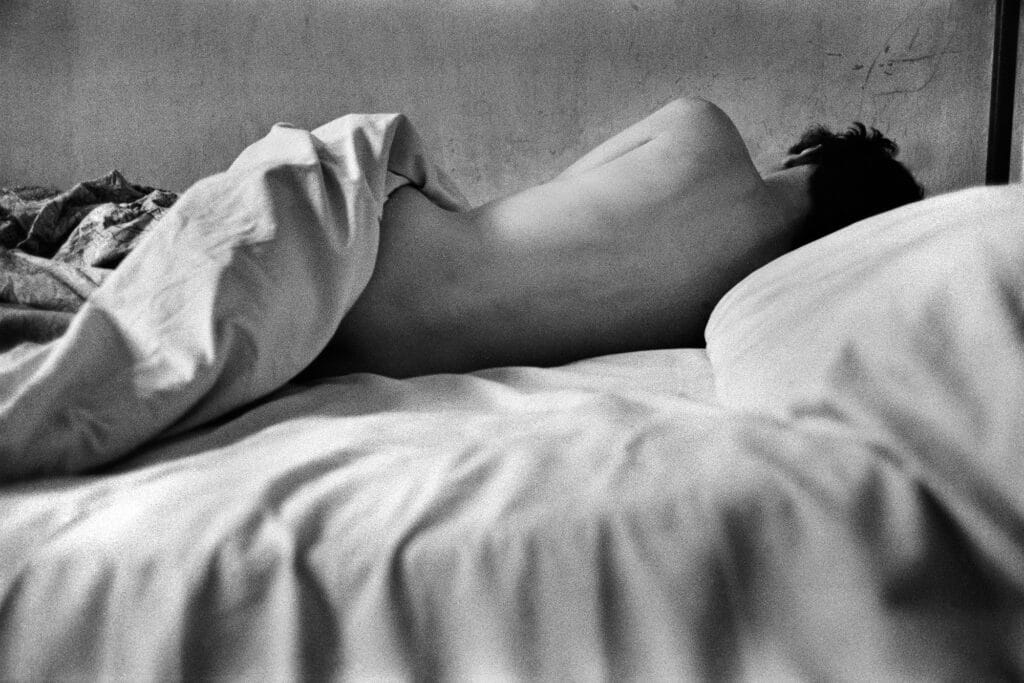
If photography is the undisputed medium of testimony, capable of describing the world, landscapes, wars, and even everyday life, what is its potential when it comes to showing the feeling of love, and thus the invisible and the impalpable? This is the challenge that Simon Baker has set himself.
This major exhibition is an international collaboration with the Maison Européenne de la Photographie (MEP), Paris, and curator Sara Raza, who remixed the international show at ICP. Divided into fifteen series authored by sixteen international artists, including a duo, the show articulates a chronological journey two-sided “like vinyl records and cassette tapes,” says the director of the Maison Européenne de la Photographie. An audio tour (twice a week) delivers a playlist that Baker has put together himself, including titles with the word “love.”
Each of the fifteen series is like a song offering its own interpretation of the feeling of love: “Side A: 1950–2000” and “Side B: 2000–2020.” “My two starting points are sets referencing the history of photography: “Sentimental Journey” (1971) by Japanese photographer Araki and “The Ballad of Sexual Dependency” by American photographer Nan Goldin. From there I looked to series that could be their predecessors and heirs,” explains Baker.
One after another, the series explore the full spectrum of love. There are sensual glances, such as René Groebli’s on his honeymoon in 1952 or Hervé Guibert looking at Thierry between 1976 and 1991. There is unconditional love, as in Emmet Gowin who photographed the love of his life over 45 years: “photographing Edith remains the common thread and the redemptive experience in my life,” he explains in the catalog. This must have been true for Edith, too, since her attitude in front of the lens, part posed part spontaneous, expresses total consent. The intention was to trace the passage of time and its imprint on the body.
American Collier Schorr takes the idea of performance in front of the lens a step further with her partner Angel Z. (whose name is also the title of the series). The camera’s “third eye,” which interferes with the scene and records everything, seems to be the catalyst of their relationship. The same is true for the Chinese artist Lin Zhipeng when he photographs his lovers, alternating suggestive and raw scenes with romantic views, seeking to translate the state of trance brought on by emotions.
Representative of the history of photography, the photographic series above offer, in the first place, a black-and-white perspective. “The Ballad of Sexual Dependency” (1973–1986) marks a shift both in its use of color and its subject matter: it portrays the story, laced with violence, of a tumultuous relationship between Nan Goldin and her partner, and more broadly her circle of friends. Long before cell phones and social networks, images were rare and precious, and the photographer’s approach was trailblazing. Because it shows everything, the best and the worst, even the unbearable, this series opens the issue of voyeurism. Nan Goldin refutes this charge, as Simon Baker tells us in the introduction to the catalog, because, as the photographer put it, one cannot be “a voyeur of one’s own life.”
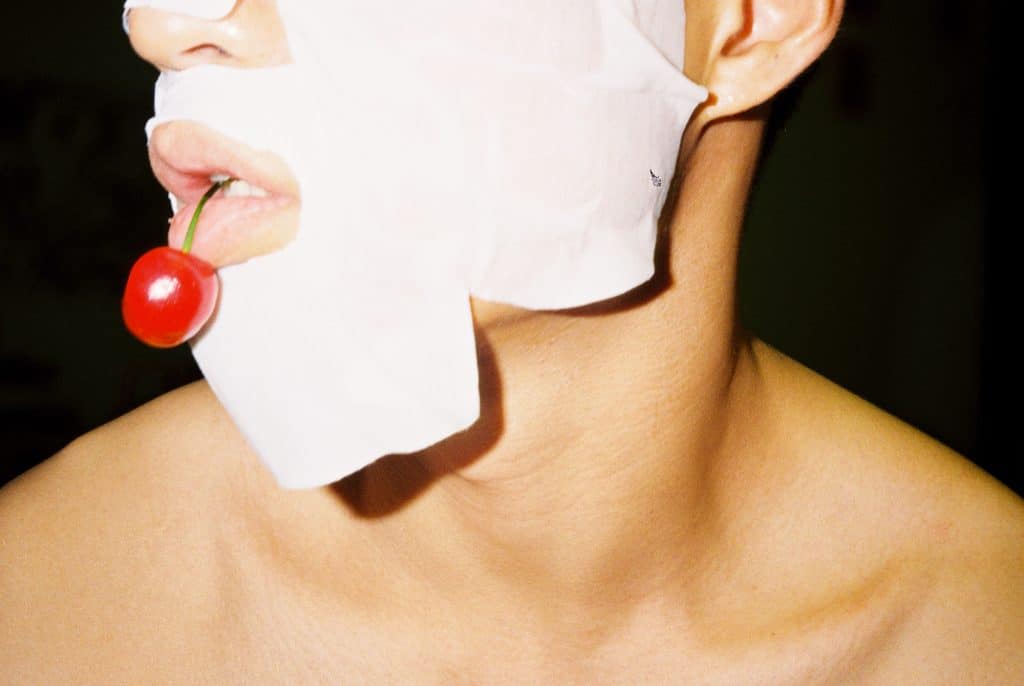
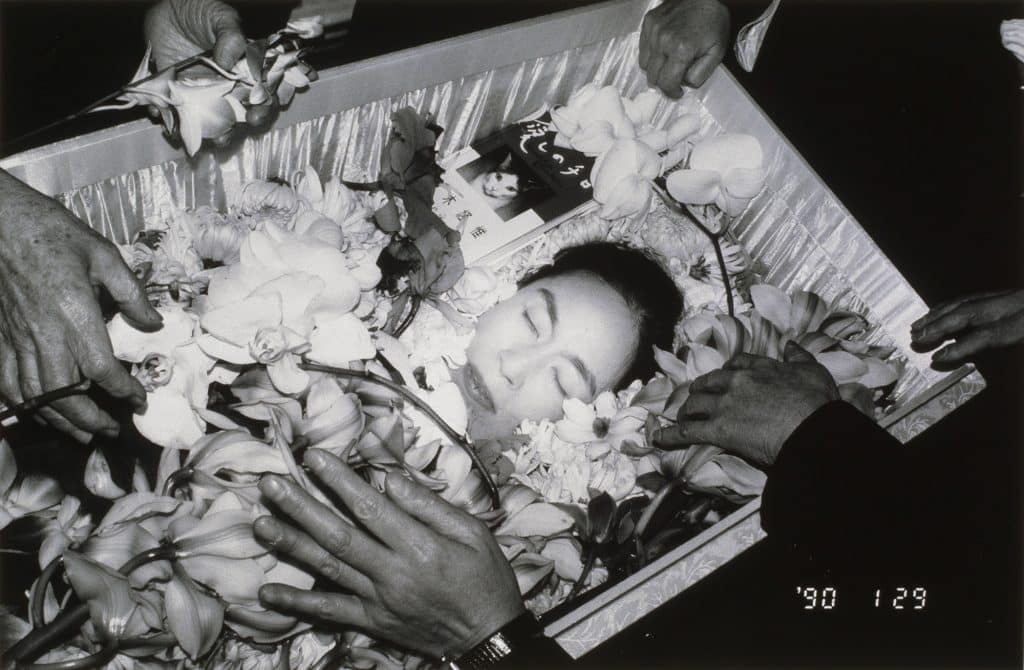
Is it ok to photograph everything? Should everything be shown? Larry Clark’s series on Tulsa’s troubled youth (1963–1971) and Sally Mann’s “Proud Flesh” (2003–2009), which focuses on the body of the photographer’s husband suffering with muscular dystrophy, raise similar questions. The documentary aspect of the images is coupled with personal involvement. Like Nan Goldin and the others, the story these photographers bear witness to is their own. This opens up a cathartic dimension of the work, imbuing the images with palpable intensity. Likewise, Hideka Tonomura feels that the act of photography is salutary and liberating as she witnesses her mother’s extramarital affair: “For the first time I realized that my mother loved me.”
As time goes by, projects become more experimental, both in terms of content and form. Presented as an installation, “Foreign Affair” (2011) by J.H. Engström & Margot Wallard is representative of evolving contemporary photographic practices which, in the last decade, have profoundly reshaped the medium. “Foreign Affair” recounts the euphoria of the first months of a romantic relationship: “We were in thrall to a blind, unstoppable passion.” By mixing wallpaper and framed, black-and-white and color prints of different sizes arranged on the walls, the unbridled scenography designed by the photographers themselves expresses the exaltation visible in the images.
“Love Songs: Photography and Intimacy”. On View from June 2 to September 11, 2023, at The International Center of Photography (ICP), New York.


